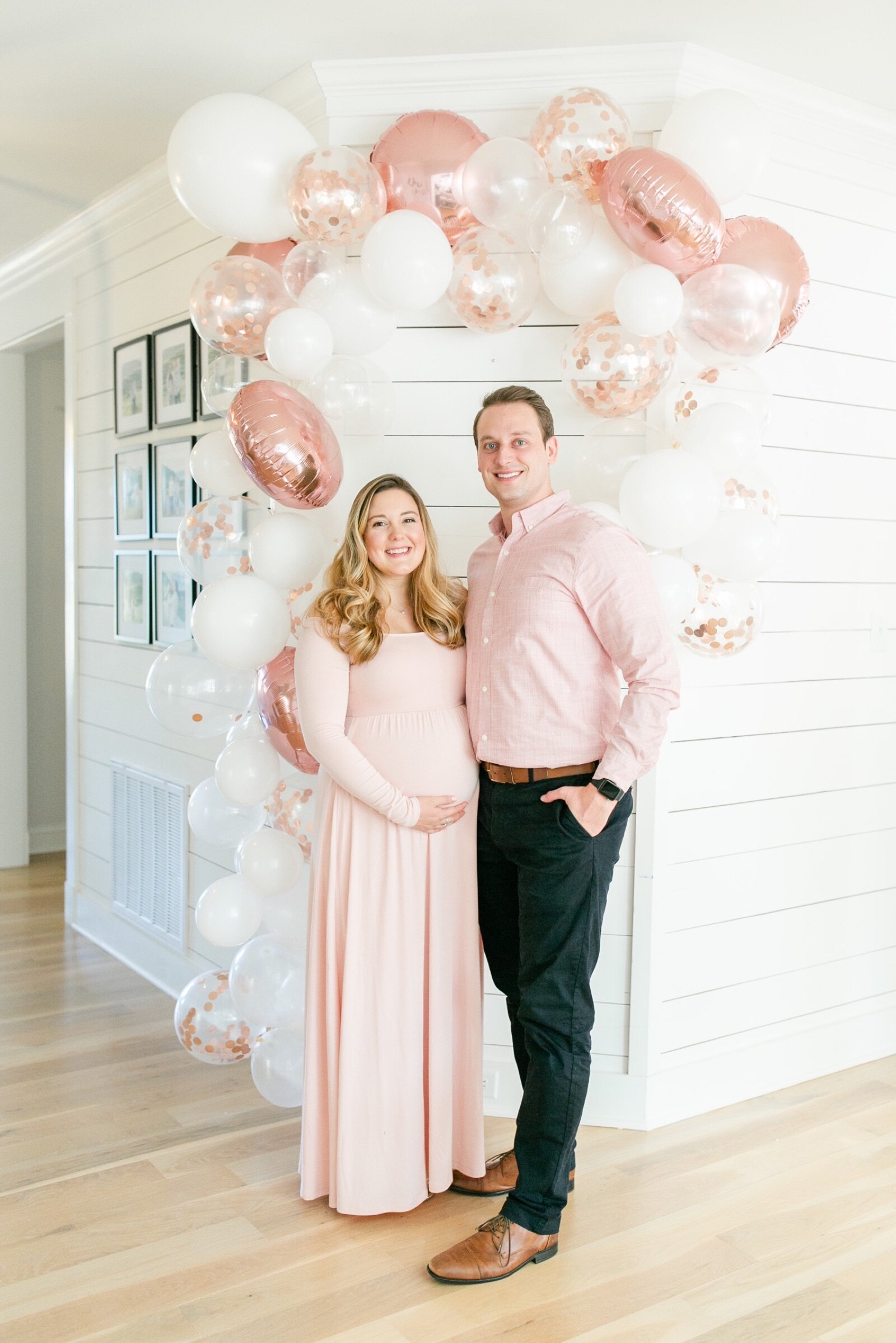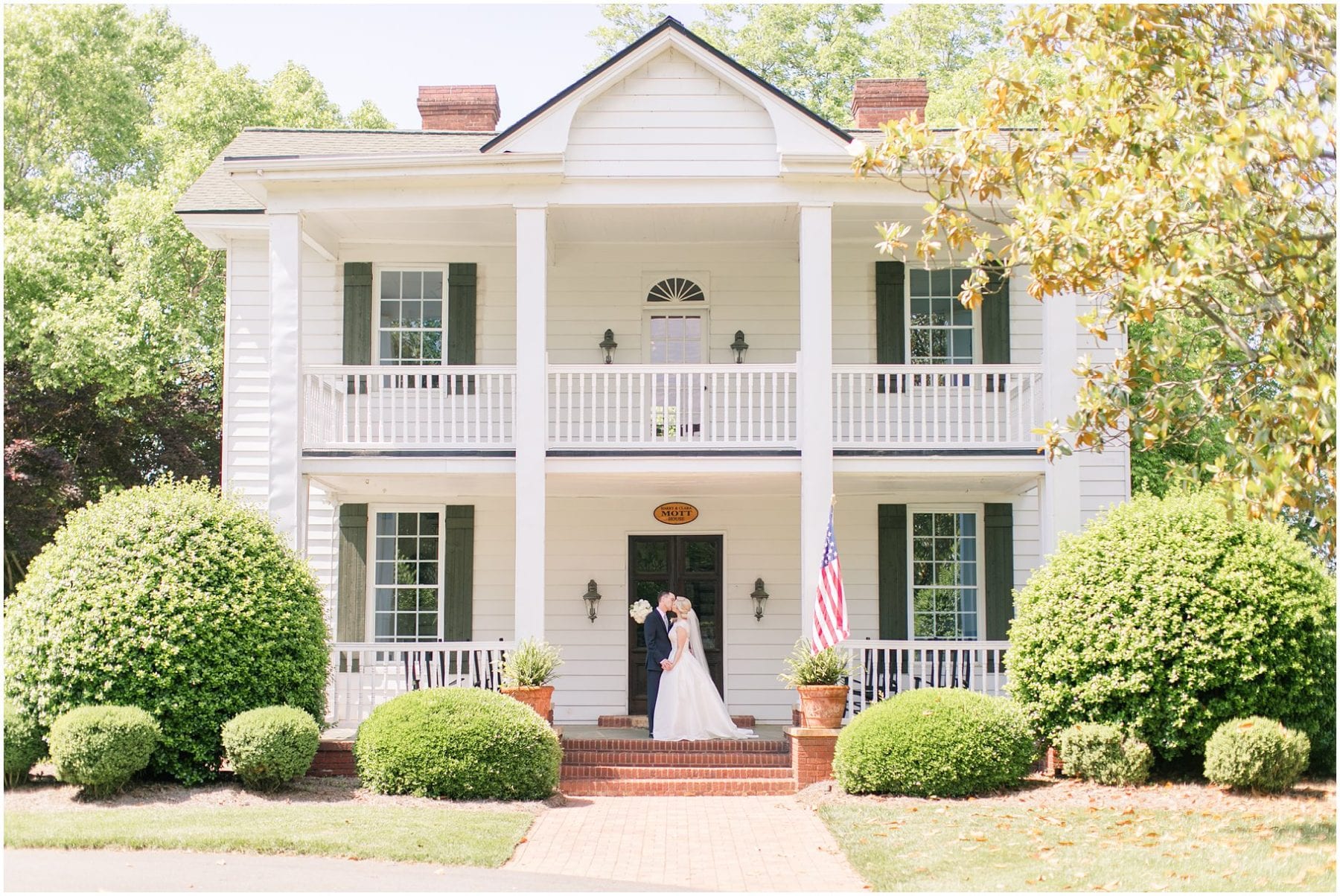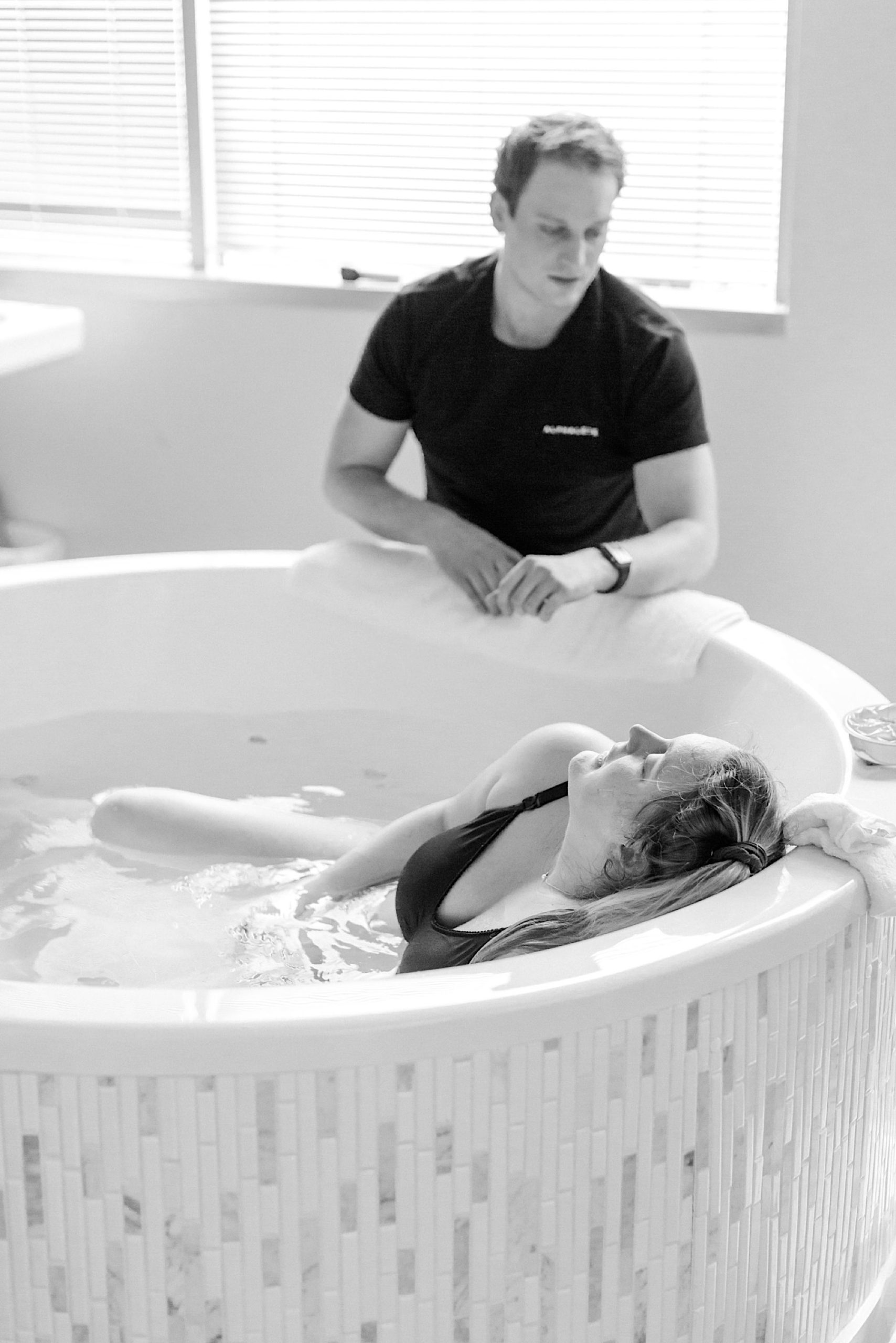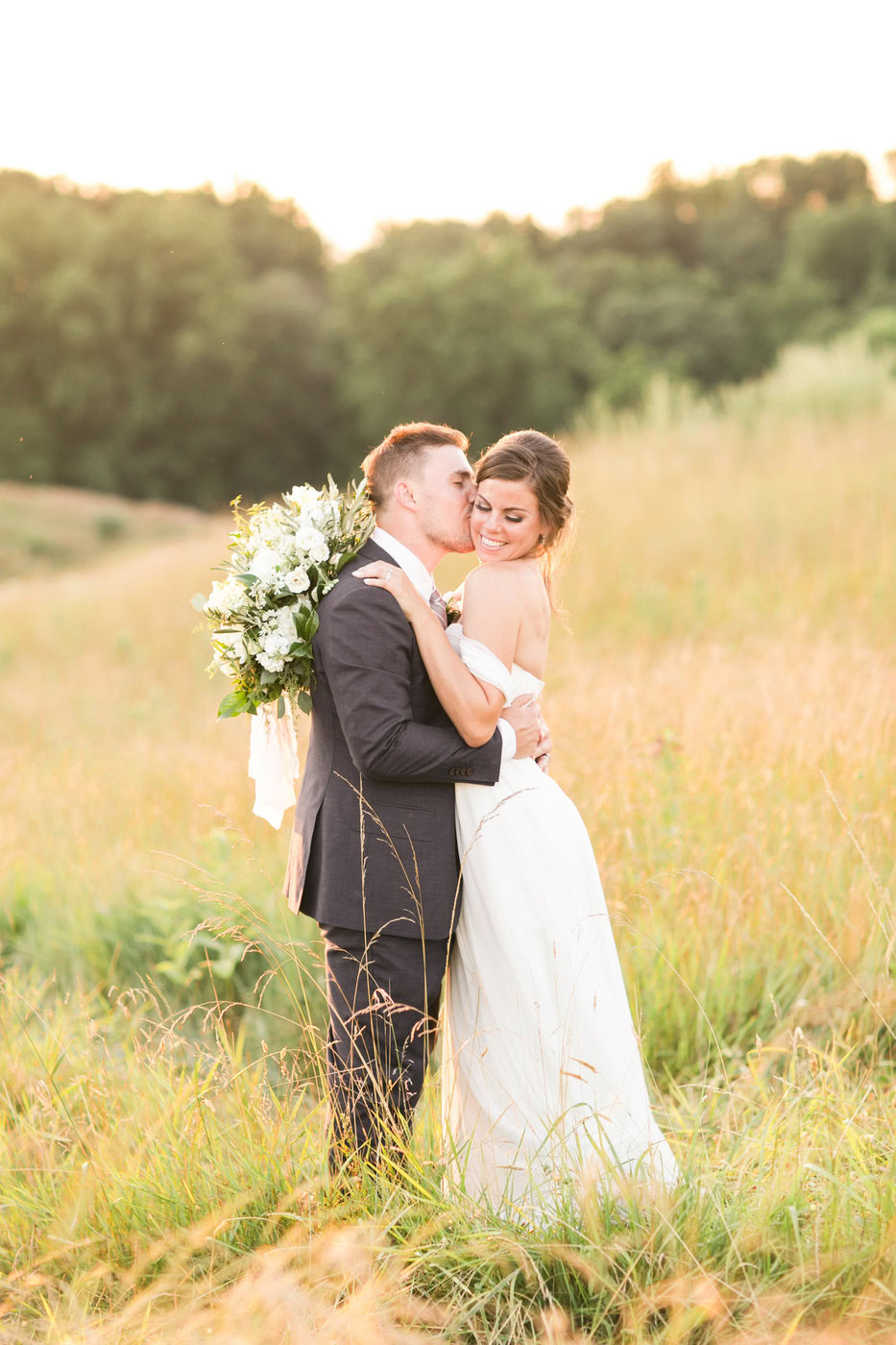Last year was my first full-time year in wedding photography. Now, I realize that this is often heralded as a milestone, a marker of success, or a goal to be reached when starting your own business. I think most people believe the greatest achievement in the world of entrepreneurship is having your work support you full-time. It’s something I see creatives post about ALL the time on Instagram, blogs, and Facebook forums. “Going full-time” is an announcement that often comes with all the pomp and circumstance you would imagine someone might feel upon leaving their “day job” to pursue doing what they love. I realize it’s kinda sort of a big deal. So when I say I’m a full-time wedding photographer, I try not to do so with passivity. The truth is, being a full-time small business owner has asked so much more of me than a 9-5 day job ever could have. Every day there is a new challenge to be overcome, and though it can be exhilarating, it can also be mentally and physically draining if I’m not extremely intentional about setting boundaries between my business and personal life.
I’ve been doing some research lately on profitability. And by lately I mean for the past 12 months. In June of 2014, I turned down a post-grad career opportunity that promised me a $55,000 starting salary to pursue wedding photography full-time. In that season, it was relatively easy for me to make that decision as I had very few financial obligations and honestly, not many things to worry about in general. Fast forward a year and a half, and I’m now looking at wedding expenses in the thousands, finding an apartment in Northern Virginia, and purchasing my first car… all decisions that are probably going to be pretty expensive when it’s all said and done.
So, needless to say, I’ve had to be pretty attentive to my numbers this past year of being full-time. I’m not going to share the intricate details of my Excel spreadsheet, but I want to share a little rule that was first shared with me that summer I left my internship (and full-time job opportunity) that has proven to ring true in my own business for two years now.
It’s called The Rule of Thirds. Actually, I’m not sure if it’s called anything, but that’s what I’ve been referring to it as and I kinda like how it reflects another pretty popular “rule” in photography. Unlike it’s counterpart that deals with the composition of a photo, this Rule of Thirds has everything to do with the back end of your business. It’s incredibly simple and very easy to remember. The Rule of Thirds states that for every dollar you bring in, you will only bring home a third of that dollar. The breakdown goes something like this (in VERY broad terms): One-third to taxes, one-third to expenses, and one-third in profits after all is said and done.
When I first heard this statistic… I was pretty discouraged. Only two months had passed since I had decided to pursue this full-time after graduation, and this was not the kind of stuff I wanted to be hearing. My blog post announcing I had left my internship had welcomed dozens of comments from people inspired and moved by my decision, praising me for being so courageous and motivated to pave my own way. I wanted more of THAT! I wanted the confetti, the rush of the Instagram announcement via perfectly styled photo, ALL the pomp and circumstance. Not someone telling me that if I wanted to make that $55,000 salary, I would have to gross $165k in a single year. And that’s without an employer-matched retirement fund and healthcare benefits.
Now, I’m not sharing this so that the photographer who is just starting out closes shop before they even shoot their first wedding. I just honestly think it’s a necessary dose of reality for any and ALL entrepreneurs who are trying to run successful businesses. If you charge $3,000 for a wedding and shoot two of those a month all year for 24 weddings total and that’s ALL you did, you can safely estimate that you’ll be paying yourself a salary of roughly $2,000 a month if you didn’t keep any of that money for savings. In some regions of our country, that’s more money than anyone would need. In others (like here in the DC area), $2,000 a month is barely making it by. And that’s a hard pill to swallow after you’ve been building your business for years on end.
When I first heard The Rule of Thirds, I didn’t really believe it. I thought, how in the WORLD can someone spend $50,000 on business expenses if they’re grossing $150k?! Reality is, it adds up so easily. You have your fixed costs per wedding/shoot (client gifts, second shooter, gallery, album, etc.), fixed costs per year of your business being open (like insurance, LLC registration, website hosting, studio management program, etc.) and then all the variables like conferences, online webinars, repairs, new equipment, promo video, brand design, Facebook ads, etc. The list goes on! It’s fun to be able to write off eating at Panera on wedding days, but all of this stuff adds up and adds up quick. What I realized after putting the finishing touches on my Excel spreadsheets this year was that I have to approach my business as if I really was only going to bring home 33% of what I brought in (because that has been my reality for two years now). The sooner I start making business decisions with this in mind, the better off I’ll be in the long run, whether that’s at the end of my fiscal year or the start of my retirement.
I can’t end this post without saying that I’m beyond thankful for the number of photographers who have shared their own personal stories with me about their businesses over these past few months. I’ve approached dozens and dozens of successful small-business owners and asked them the tough questions that most people would shy away from, like: “Is it really possible to take home a six-figure income just shooting weddings?” and “Do I need to add an educational side to my business to be able to do this full-time and support myself?” No one has ever been offended or shocked by my questions, and they’ve answered them – for the most part – truthfully and transparently. Though many aspiring creatives only see the glamorous Instagram feed with beautiful photos, extravagant vacations, and gorgeous homes, I’m challenging YOU to look past that today. It’s not that those things are bad or dishonest, but we need to recognize that owning and operating a successful business goes beyond the pretty Instagram posts. Far too often we make that the goal rather than a promising bottom line in our Excel spreadsheets. It’s that number that’s going to keep our doors open and allow us to keep doing what we love… NOT our number of Instagram followers, or blog viewers, Facebook fans.
So as we get ready to turn in our final numbers for the year, make tax payments that our quarterly estimates missed, and set up for the upcoming season, I really do hope that you were able to take home more than a third of the money you brought in. But if your reality is more like mine, and the Rule of Thirds is a pretty accurate representation of your business finances, I hope this information equips you to make the necessary changes to keep growing and building the life of your dreams. I want you to know that you’re free to make that life look however you want it to… and there is absolutely NOTHING wrong with a day job being in that equation. Don’t let anyone tell you otherwise.
For anyone who would like to plug some numbers for their own business, PPA has an excellent tool called SquareOne that is essentially a very basic breakeven analysis, which is a mathematical formula that reveals how many weddings/shoots/clients you would need to book at your current pricing to make $X in profits. It’s pretty awesome for those who have never created a breakeven analysis before (though I encourage everyone to do this with their own detailed fixed and variable costs plugged in!). You need to create a login to access the tool, but to use Square One, click HERE. (I would suggest using the rule of thirds for the “cost of sales” column – we’ll pretend these are taxes – and the expenses column, as this tool does not account for income tax, which can range anywhere from 25-45% based on your tax bracket.)
Here’s to being more financially aware in 2016, and ultimately, business owners who live happier, healthier lives because of it. Cheers!









